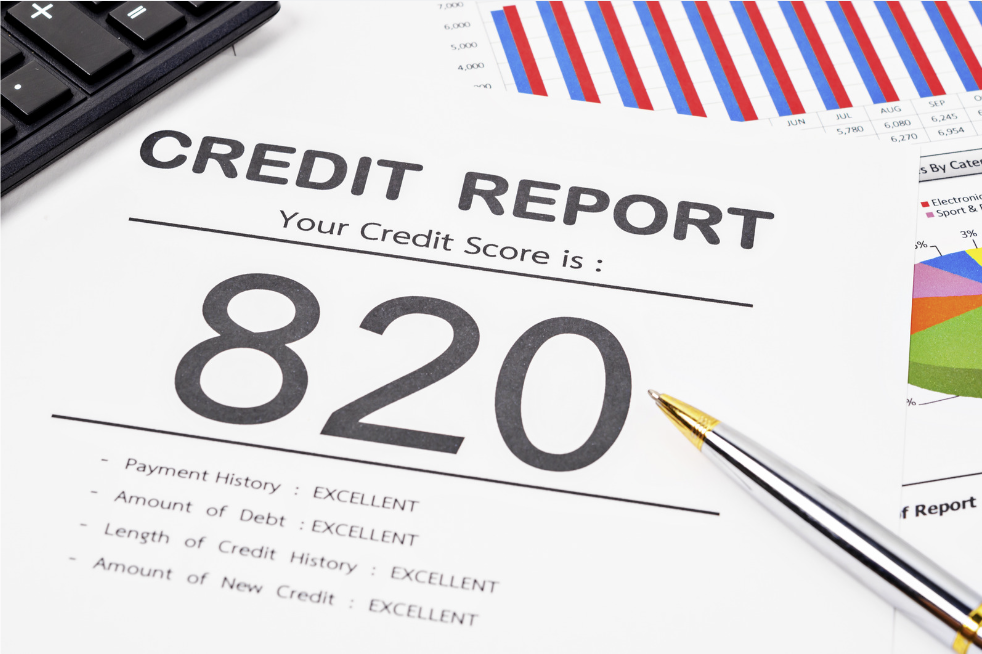
Repairing your credit score can seem daunting, but with the right approach, you can see improvements faster than you might expect. Follow these five essential steps to repair your credit score quickly and effectively.
Step 1: Check Your Credit Report for Errors
The first step in repairing your credit score is to obtain and review your credit report. Look for any inaccuracies or errors that might be dragging down your score. Common errors include incorrect personal information, accounts that don’t belong to you, and incorrect account statuses. If you find any errors, dispute them with the credit bureaus immediately.
It is not uncommon to find errors on the credit report. Some common errors include mismatching payment history. For example, one credit bureau showing a delinquency in a month that the other two credit bureaus show current. Reviewing each credit bureau report separately allows you to identify information that does not match so you can create a dispute.
Step 2: Pay Down Outstanding Debts
Your credit utilization ratio plays a significant role in your credit score. Aim to reduce your credit card balances to below 10% of your credit limit. Prioritize paying off credit cards with a low credit limits and high balances, then tackle credit cards with higher limits next. The credit score algorithm looks at the ratio of your balance compared to your credit limit. It is much easier to pay down a card with a lower credit limit first. You are most likely to see a faster positive impact to your credit score by following this recommendation.
Step 3: Set Up Payment Reminders
Late or missed payments can significantly harm your credit score. Set up payment reminders or automatic payments to ensure you never miss a due date. Consistently paying your bills on time is one of the best ways to improve your credit score.
Step 4: Avoid New Credit Inquiries
Each time you apply for new credit, it results in a hard inquiry on your credit report, which can lower your score. Avoid applying for new credit cards or loans unless absolutely necessary while you’re working on improving your score. Applying for six different credit cards, will result in six inquiries. Those with limited credit history will see a drop in scores from these unnecessary inquiries. Instead, you can utilize the credit building tools listed below which do not add any inquiry to your credit report.
It is still a good idea to have a credit card on your report. If you have experienced credit damage or have limited credit history, a secured credit card can be a great option to establishing credit card payment history. Credit cards are an important factor to building a strong credit score.
Step 5: Use Credit-Building Tools
Consider using credit-building tools such as secured credit cards or credit-builder loans. These tools can help you establish or rebuild credit by reporting your on-time payments to the credit bureaus. Additionally, our AI-powered tools at Incite Strategies can provide personalized recommendations to help you achieve the best results.
Credit building tools allow you to establish or build credit without the requirement of taking out unnecessary debt. This is a great option for those who do not want to take out debt to build credit. With these tools you can have your rent, utilities, and subscription services reported to your credit. You can check out free and low cost credit building tools on the homepage of the Incite Strategies webpage.
By following these five steps, you can start to see improvements in your credit score quickly. Remember, patience and consistency are key. For more in-depth guidance and personalized support, check out our Creditworthy Course or book a free credit consultation with our experts at Incite Strategies.


